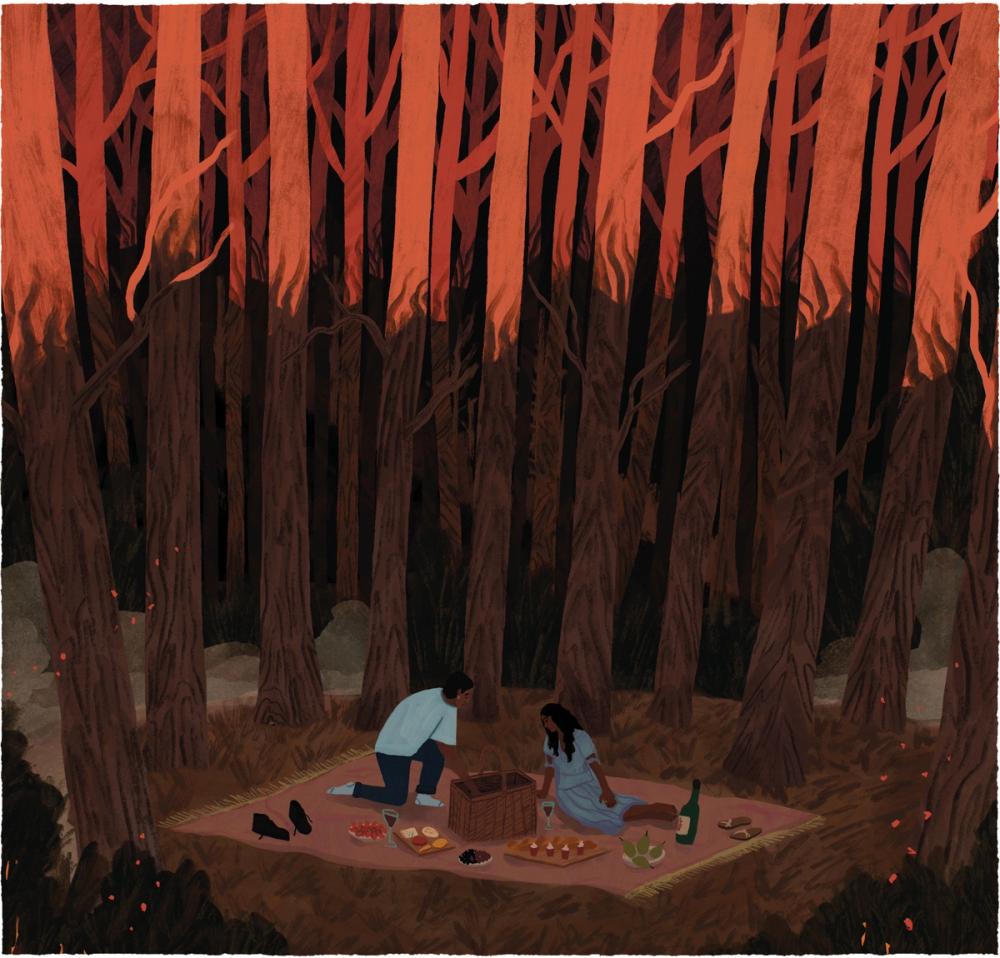More Reads
Mushrooms: A graphic novel
more we learn about fungi, the more we realise how strange and complex they are. In this illustrated graphic novel, Holly O'Neil draws on thinking from Merlin Sheldrake, Sophie Chao, Robin Wall Kimmerer and Anna Tsing to imagine a mycological world hiding below the base of a matsutake mushroom. Pink moments spiral out from O'Neil's narrative and can been seen dotted throughout the pages of our latest special edition issue, in rhizomatic spirit.
By Holly O'NeilKeep readingSilent Spring Revisited: a revolutionary art-science synthesis
Rachel Carson's images of a 'Silent Spring' bereft of birdsong – robbed by harmful pesticides – are known for launching the Western environmental movement as we know it. In this piece, Rowan Jaines revisits Carson's 1962 classic, arguing that the book's success, and the industry backlash it provoked, can be credited to Carson's powerful synthesis of traditionally artistic and scientific practice – a synthesis that we might still learn from today.
By Rowan JainesKeep readingExisting in Kinship with Everything
The plant lives of Aotearoa (and the myriad meanings they embody) have long been threatened by Western colonists, facilitated by a belief that an ecosystem’s importance is defined by what it offers humans. Hana Pera Aoake describes a very different Māori worldview – one that emphasises the deep, non-linear interconnections between the people and their plant-relatives, and that continues to resist and flourish in the face of eco-cultural imperialism. Edited by Jackson Howarth.
By Hana Pera AoakeKeep reading
